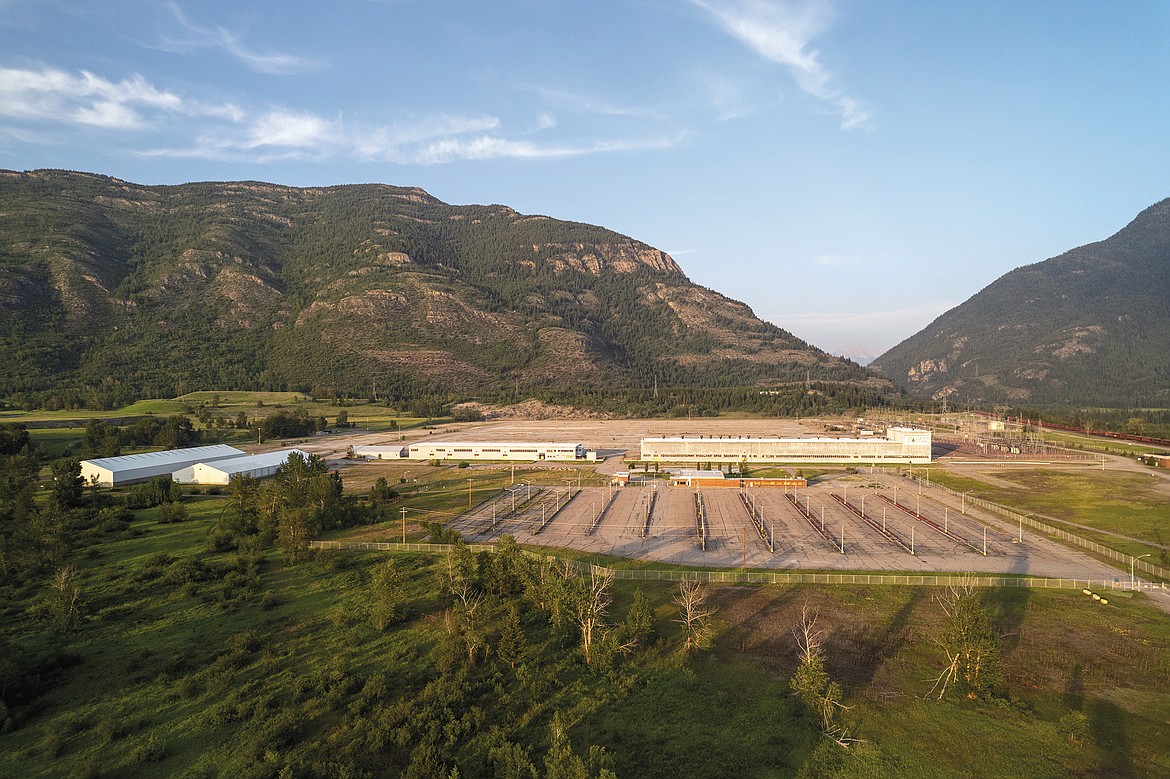Plenty of concerns about CFAC cleanup plan, from public, ARCO
The Environmental Protection Agency has released a slew of comments to the Proposed Action for cleanup of the Columbia Falls Superfund site that totals 715 pages.
The EPA will now summarize the comments and respond to each one. It will also review the Proposed Cleanup Plan and factor in any new information or points of view expressed during the public comment period, Missy Haniewicz, a spokesperson for the EPA said in an email.
In 2024 the EPA will also begin a draft review of the Record of Decision, which is the final cleanup plan document. That’s expected to take at least a couple of months, as the agency consults with EPA headquarters and the Department of Environmental Quality.
The goal is to have a draft Record of Decision available for the public by March, according to the EPA.
The comments themselves run the gamut, but there are some notable ones.
A full 50-plus pages of comments and documents pertain to Columbia Falls resident and former plant engineer Nino Berube, who brought up concerns about the plant’s pollution a full 20 years ago in a voluminous report that doesn’t appear to have been fully addressed, as landfills and dumps continue to leak cyanide and fluoride into the groundwater. He also raises concerns about mercury, a heavy metal that was used in switches at the plant.
Berube is not alone.
Former plant owner Atlantic Richfield Co., for example, questioned whether containing the waste with a slurry wall of bentonite is the best approach. The Proposed Action calls for placing a slurry wall around the old West landfill and the percolation ponds below it, as they have the most contamination of cyanide and fluoride.
ARCO, among other things, claims a diversion ditch that drains the Cedar Creek Reservoir and runs through the property, is impacting the groundwater flow through the landfills and needs to be addressed.
It also notes that no borings and test wells have been done beneath the landfills themselves and previous investigations, it maintains, haven’t enough data to identify exactly where the contamination is coming from.
Additionally, it questions whether the slurry wall will even work, as it will have to be more than 100 feet deep and could encounter boulders and cobble stones.
“Simply put,” ARCO maintains. “Constructing a slurry wall under these conditions will be extremely challenging and may be technically impracticable.”
ARCO, has been found liable for 35% of the cleanup costs according to a federal court ruling.
But CFAC claims a slurry wall would be effective, even if it needs to be more than 100 feet deep. It notes that the maximum depth of the wall is estimated to be about 134 feet. The company also looked at the effectiveness of slurry walls used at other waste sites and most, but not all, were effective.
One former employee who did sampling at the site said he found contaminants in areas deeper than that. He also claimed with the gravel soils, a slurry wall wouldn’t work.
Community members were almost universally opposed to leaving the waste in place, slurry walls or not.
“Leaving the waste in place next to the Flathead River is a recipe for disaster,” one person commented.
Many others noted that removing the waste, which has been rejected in previous studies, is possible. CFAC has suggested in order to do that, it would have to remove about 1.2 million cubic yards of waste and it would take years to do it.
But critics noted that the Milltown Dam cleanup near Missoula involved removing 3 million cubic yards of contaminants. In other words, it is possible, they claim.
Steve Wright, the former environmental manager of the plant, notes that even if the soils were removed from the contaminated landfills, the dirt immediately downgradient is also contaminated, as cyanide and fluoride have leached into them for decades.
“The landfills that leached cyanide and fluoride into the groundwater also contaminated the soil directly below and down gradient of the landfills. Just excavating the landfills will not remove all the contamination between the landfills and the Flathead River and it is not feasible to remove all the soils between the landfills and the Flathead River,” he said, further noting that the landfills are about a mile away from the river.
He encouraged the EPA to move forward with the preferred option of a slurry wall containment and water treatment system.
“It’s time to start the remediation process and ultimately remove CFAC from the Superfund CERCLA list,” he claimed.
Others want to use the site for redevelopment soon.
Wooden Haus, a cross-laminated timber manufacturer, told the EPA it is interested in using the site and advocated turning the it into an industrial business park as soon as possible, CEO Pat Clark said.


